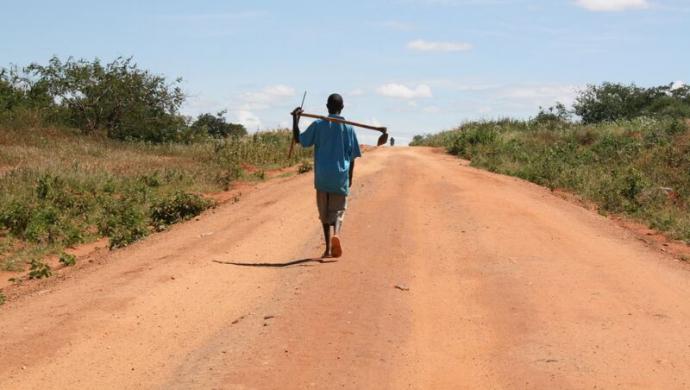The head of the UN effort to combat the spread of the deadly bird flu virus Wednesday warmly welcomed donor pledges of 1,9 billion US dollar (11,8 milliarder DKR) to fight the disease made at an international conference in China.
“Quite extraordinary,” was how David Nabarro, the UN Systems Coordinator for Avian and Human Influenza, described an amount that was much more than the 1,4 billion dollar he had previously said was needed to combat the spread of a disease that in humans has already led to 79 deaths globally.
– What we have seen today is that the world really does care and wants to respond effectively to the threat of avian influenza and a possible human pandemic, Dr. Nabarro said..
Donors have been gathering over the past two days at the International Pledging Conference on Avian and Human Influenza in Beijing to raise funds to fight the disease. In a message aired at the conference earlier today, UN Secretary-General Kofi Annan said there must be a coordinated international response.
– To be truly prepared, we will need to mount a massive effort – from upgrading veterinary systems and launching vaccination drives, to encouraging change in the ways people coexist with animals, Mr. Annan said, pointing out that the cost of action now was small compared to the price of tackling a pandemic.
In his video message, Mr. Annan also called for sharing of information, biological material and scientific expertise, providing essential medicines to those in need, and galvanizing international efforts “with a minimum of red tape and quibbling.”
Pledging the UNs full support for this effort, he said: – I have asked all parts of the United Nations system to have contingency plans in place, so that we can sustain vital support, if and when a human pandemic does erupt. I encourage all Governments to do the same. There is no time to waste.
Also at the China meeting, Shafqat Kalakhel, Deputy Executive Director of the UN Environment Programme (UNEP) said the emergence of avian flu as a threat to people reflected the fact that humans were now more intensively interacting with the natural environment.
As such, he called for looking at how the virus behaves in wild birds and also at other related environmental issues as part of the overall strategy against the disease.
During the past two years, six countries have reported outbreaks of avian influenza caused by the H5N1 virus in people.
More than 140 million chickens have been slaughtered to try and contain the disease but this has caused massive economic hardship to farmers while spreading fear in their communities.
So far, the virus has only spread from infected animals to humans, however the UN World Health Organization (WHO) has warned that it could change into a form that spreads easily from person to person, triggering an influenza pandemic which could kill tens of millions of people worldwide.
In humans, treatment with antiviral medicines is one way to reduce death and illness. WHO has been building up drug stockpiles at different locations worldwide for quick distribution in case of emergency.
– There must be visible improvement in control of avian influenza and pandemic preparedness by countries, technical agencies, and all others involved, Dr. Lee Jong-wook, WHO Director-General, warned the delegates in his opening remarks in Beijing.
Kilde: FNs nyhedstjeneste















